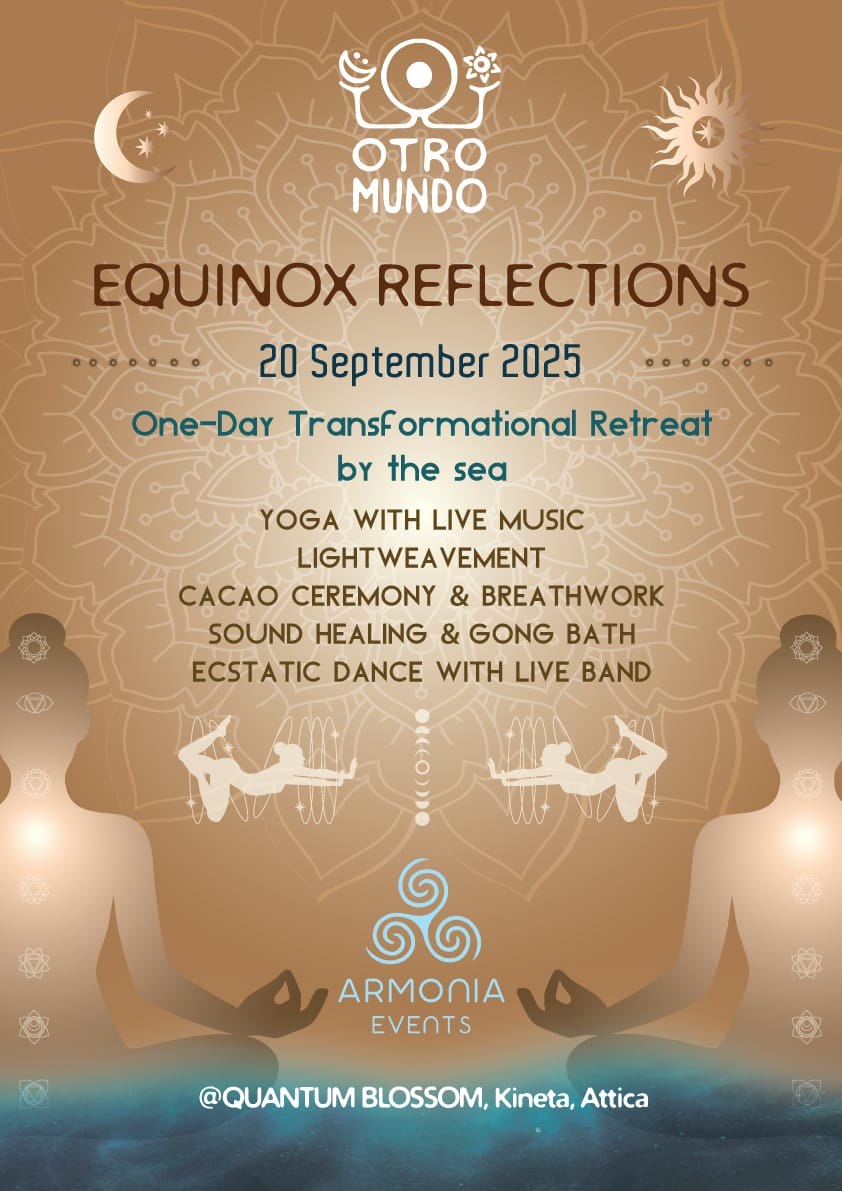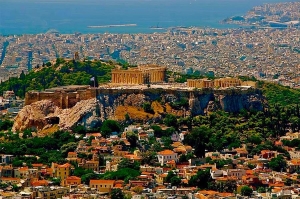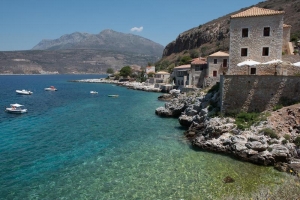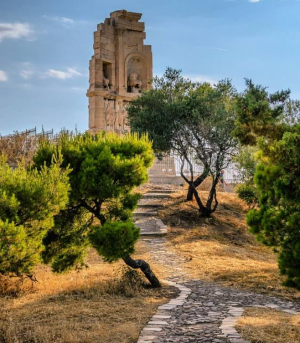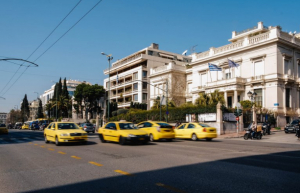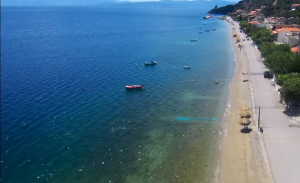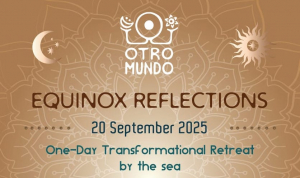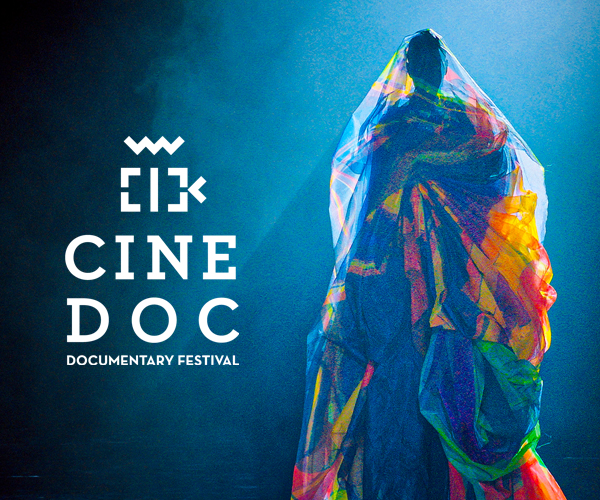XpatAthens
September 6 - Back To Life In Athens
Remember to stay connected with us through our weekly newsletter, Facebook, and Twitter!
NKUA Introduces Greek Culture & Heritage Through E-Learning Platform - YouGoCulture
June 25 - Olive Oil: Greece's Liquid Gold
Ways To Support Us
As a Greek non-profit organization, we are true to our mission and values and commited to connecting people with information, resources, and services that positively contribute to their personal and professional journeys in Greece.
XpatAthens has been serving and connecting the international community in Greece since 2007. To facilitate our work, we depend on the support of our readers, local businesses, and corporate sponsors.
Thank you for considering to support our efforts.
Make A Donation Starting From €10
Other Ways To Support Us
Below are other ways of making a contribution to XpatAthens.
- Tell your friends, family and local community members about us!
- Tell your local business owners about how to share their great products & services.
- Sign up to our newsletter.
- Follow and share us via our social pages: Facebook, and Instagram.
- Send us your ideas and feedback.
- Become a volunteer with us or for an organization in the community.
If you have any questions or would like to speak with someone from our team, please contact us.
Athens To Play A Leading Role For International Movie Makers
Athens Mayor Kostas Bakoyannis Says: "The Municipality of Athens, through the Athens Film Office, aspires to play a leading role in the effort to better utilize the development potential of the city, so that in the near future, Athens becomes a key pole of attraction for new investments - and hosts more and more international film productions.”
To read more about Athens as a filming location and the new Athens Film Office, please visit: thisisathens.org
Whether you've just arrived in town – or have been here for years – Athens always has new secrets to share! This is Athens is the official guide to this captivating city of ancient energies and booming urban culture. Compiled by a team of specialist local writers, This is Athens brings you an authentic and intimate portrait of a living Athens beyond the guidebooks – along with daily curated listings of all the best events and great weekend inspiration all-year round. From must-know neighbourhoods and emerging art hubs, to gourmet hotspots, cool shopping and the buzziest bars, This is Athens will help you to get the most out of living in Athens!
Thank you This is Athens for your contribution as an XpatAthens Partner.
What To See In Athens Museum District
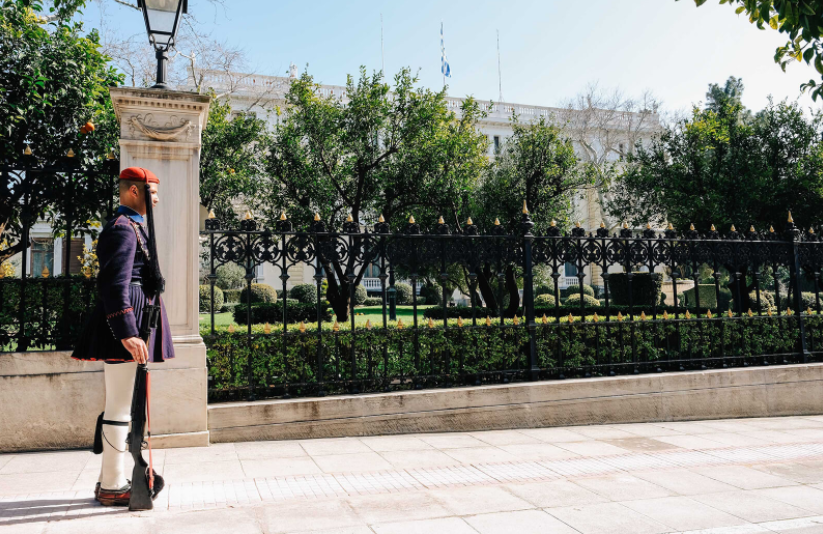
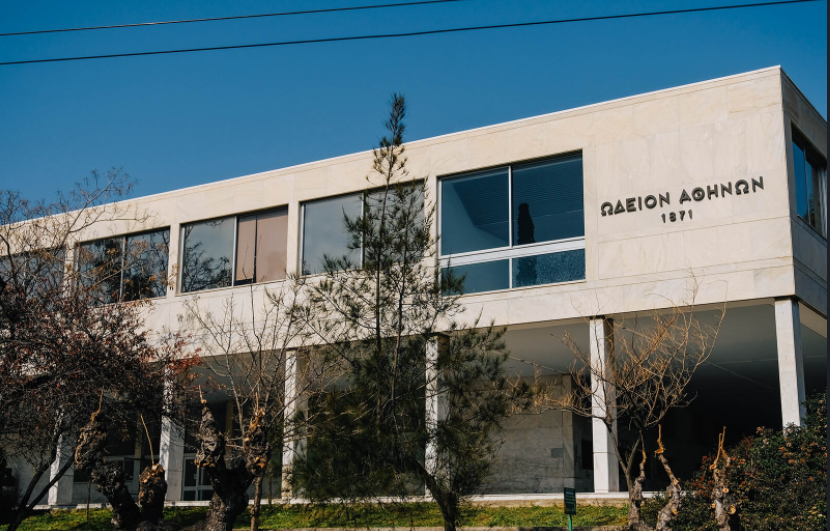
Credit: Georgios Makkas
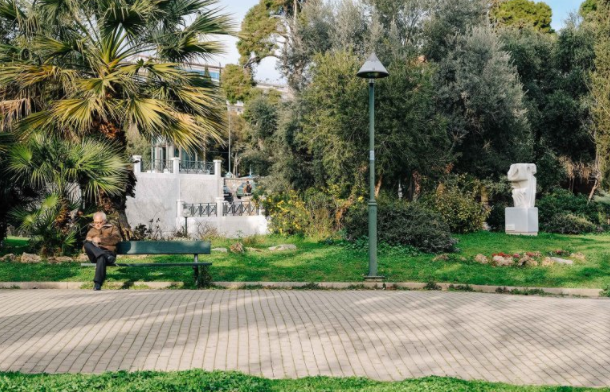
Credit: Georgios Makkas
To read this article in full, please visit: thisisathens.org
Where To Enjoy Fresh Juices & Smoothies In Athens
Taking advantage of the seasonal fruits and vegetables, these spots deliver a variety of healthful and nutritious juices and smoothies to cater to every taste!
Pure Juice Bar

@purejuicebargr
With the goal of improving the food habits of the customers, Pure Juice Bar provides a menu of high nutritional value and an array of different flavors. Not only do they offer fresh fruit and veggie smoothies, but also mouthwatering açai and buddha bowls, energy balls, almond milk, and turmeric lattes, and a variety of super-healthy snacks!
Location: Sina 21, Kolonaki
Phone: 213 0363671
Happy Blender

@happyblender
Just a heartbeat away from the Ancient Agora, Happy Blender’s philosophy is to offer high-quality and healthy products, made in an environmentally friendly way. They serve delicious juices and powerhouse smoothies and bowls, promising to revitalize you. Another highlight is authentic strained greek yogurt with homemade toppings!
Location: Ifestou 39, Athina
Phone: 21 0363 8484
Fontana Living Well Store

@fontana_athens
Nestled on a tree-lined pedestrian street, Fontana Living Well Store offers a delightful selection of freshly pressed juices and creative, made-to-order ice teas and smoothies that will help you boost your detox routine!
Location: Aiolou 17, Athina
Phone: 21 0325 4112
Join Juice Bars

@joinjuicebars
With a positive philosophy that encourages self-care and well-being, JOIN juice bars in central Athens offers energizing juices and smoothies, upbeat music, and an inexhaustible supply of positive vibes. Rambo (almond milk, whey protein, pear, spinach, organic matcha, and rice) and Hulk (almond milk, banana, avocado, lime, goji berries, and organic matcha) are two of the most adventurous flavors on the menu!
Location: Romvis 24, Athina
Phone: 21 0323 6264
Xymopoieio

@mgdlnvlgr
Located in the Monastiraki flea market, less than a minute from the metro station, this is the ideal spot to take a break from exploring Athens, re-energize, and hydrate with a smoothie, to escape the heat for a while. Countless tasty combinations await you!
Location: Pandrossou 64, Athina
Phone: 21 0325 4186
Ilia: A Lovely Beach Ideal For Autumn Dives
Originally published in Greek on: ieidiseis.gr
Athens Welcomes 2025 With A Musical Celebration At Syntagma Square
Equinox Reflections - One-Day Transformational Retreat by the Sea
On September 20, 2025 we gather at Quantum Blossom in Kineta for Equinox Reflections — a one-day retreat by the sea dedicated to balance, healing and renewal. As the Harvest New Moon and Solar Eclipse align with the Autumn Equinox Otro Mundo & Armonia Events invite you to step into a sacred journey of transformation and celebration in nature.
The day will guide you through Yoga with live music, Lightweavement soul activation, a heart-opening Cacao Ceremony with Breathwork, deeply restorative Sound Healing & Gong Bath and a vibrant Ecstatic Dance with live band. Each practice is designed to help you release what no longer serves, reconnect with your essence and plant the seeds of clarity and intention.
Just 50 minutes from Athens by car or easily reached by suburban railway to Kineta station with pick-up available. Throughout the day you can enjoy nourishing organic plant-based food and vibrant elixirs at the Quantum Bar.
Space is limited — join us for this powerful day of embodiment connection and joy.
When: Saturday September 20, 2025
Where: Quantum Blossom, Kineta, Attica
Price: 50€ with pre-booking until 14 September | 60€ with pre-booking until 19 September | 70€ at the door (if availability remains)
Email: info@otromundogathering.com
Contact: 6979722665
Organizer: Visit Otro Mundo & Armonia Events - Retreat Link